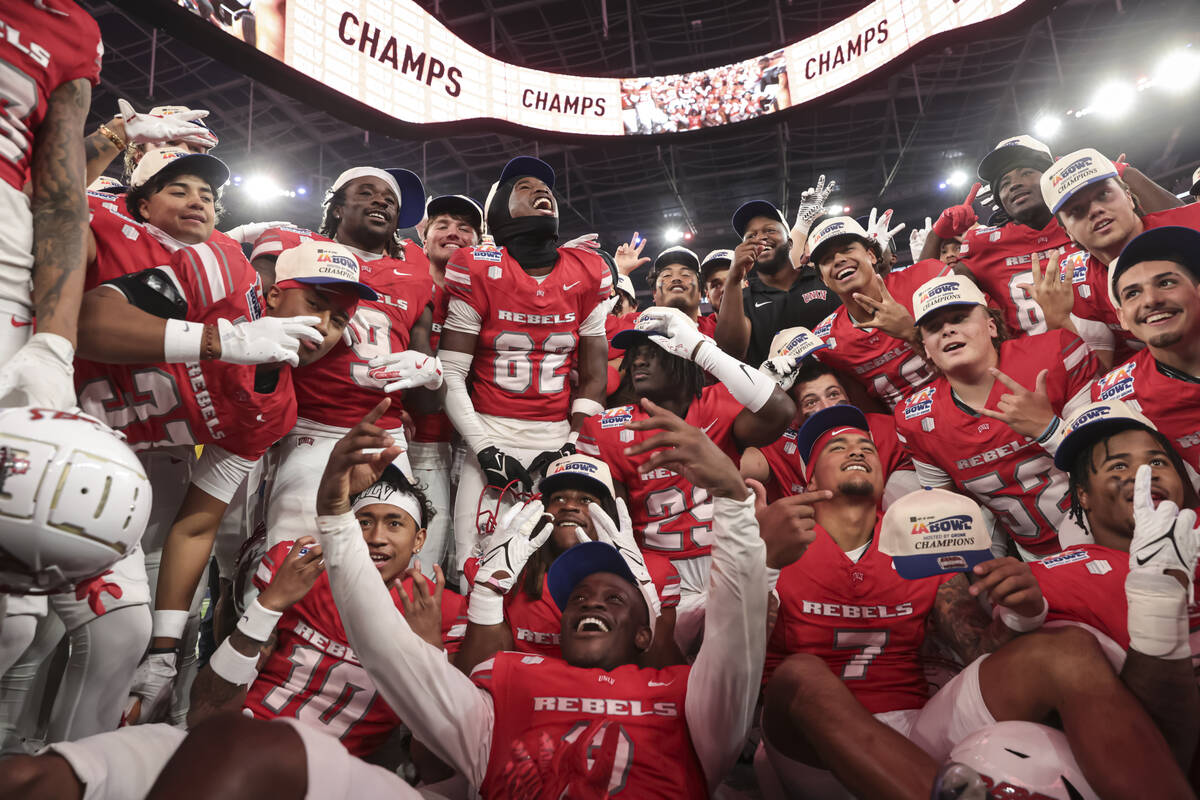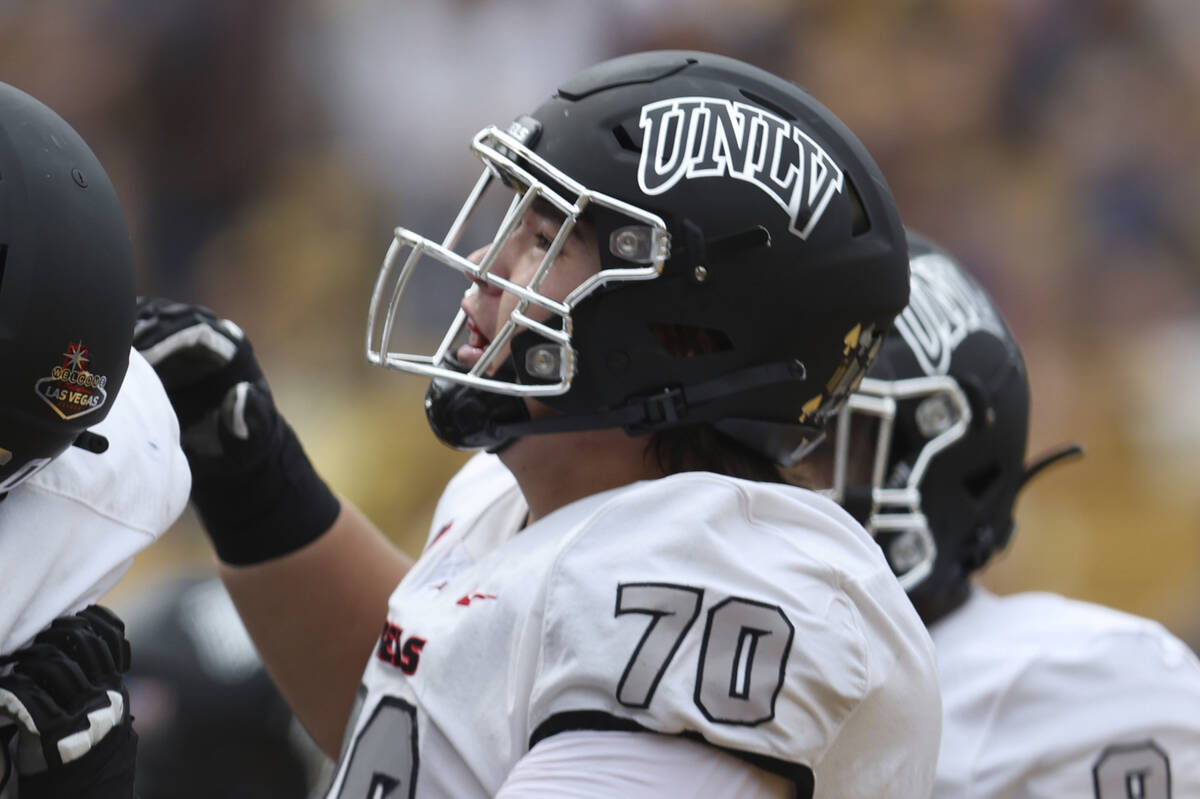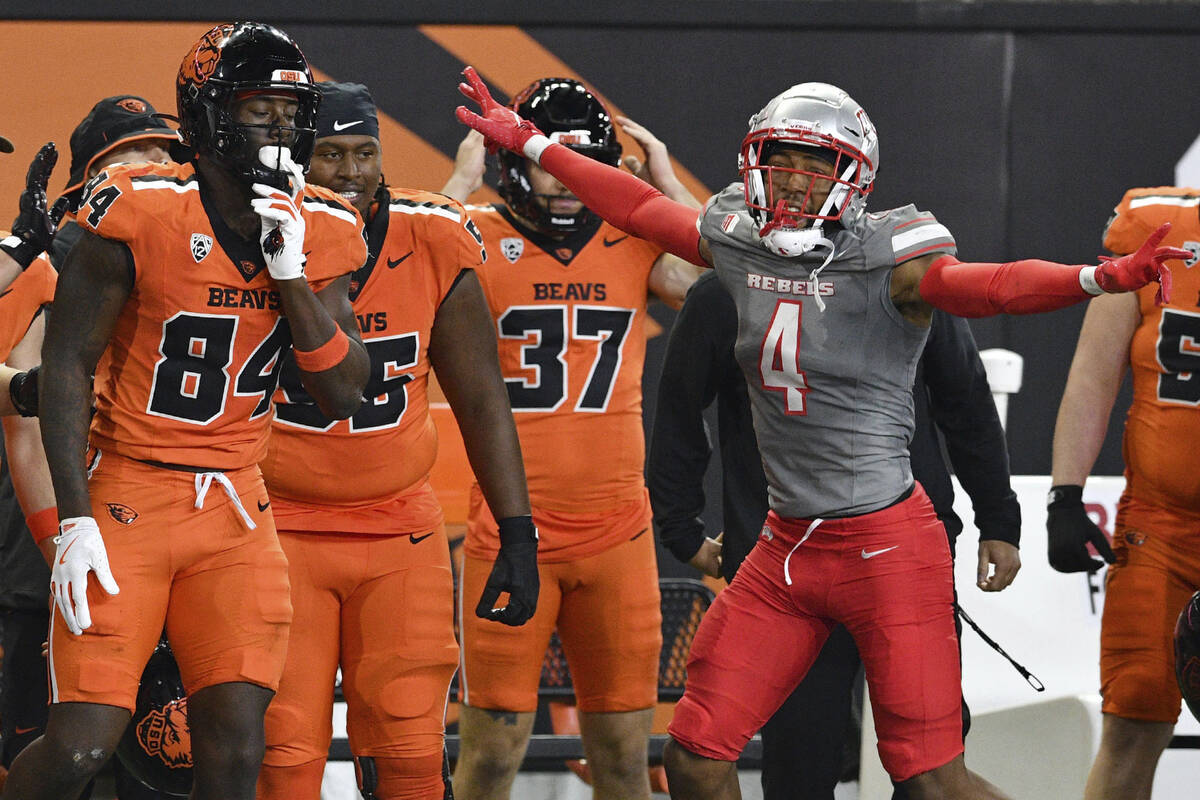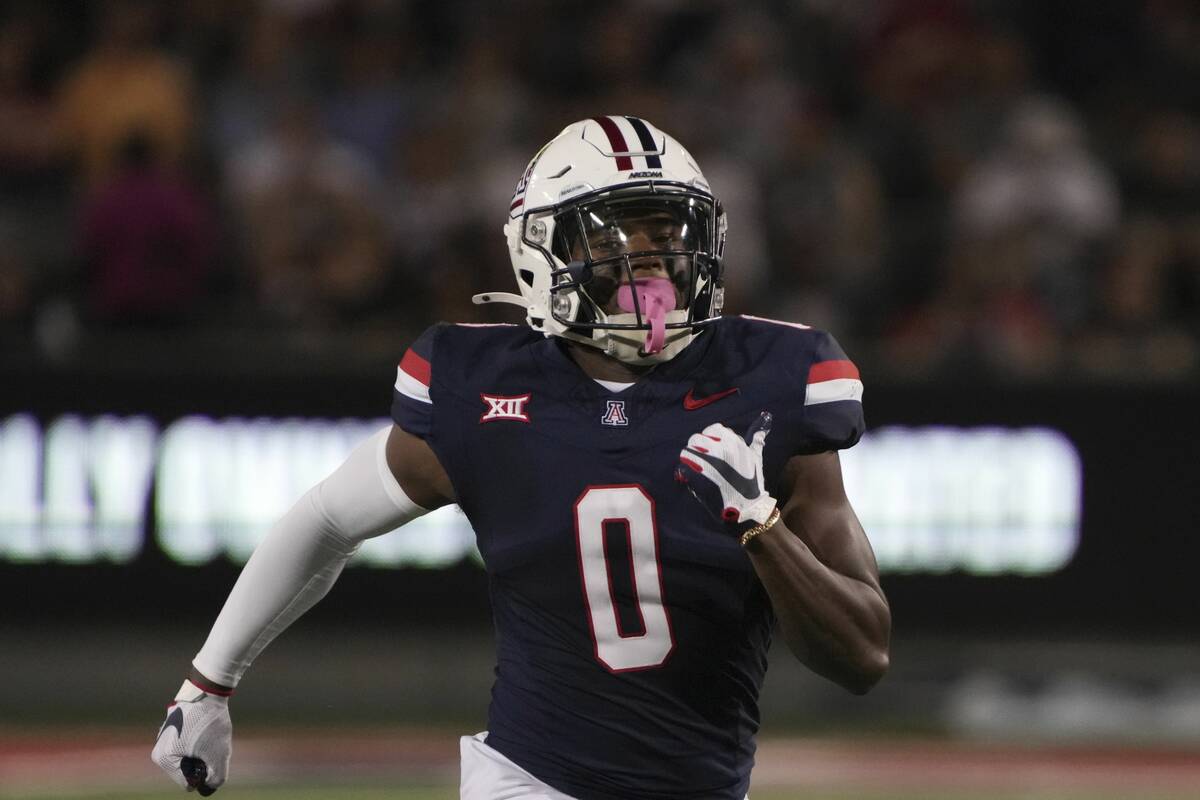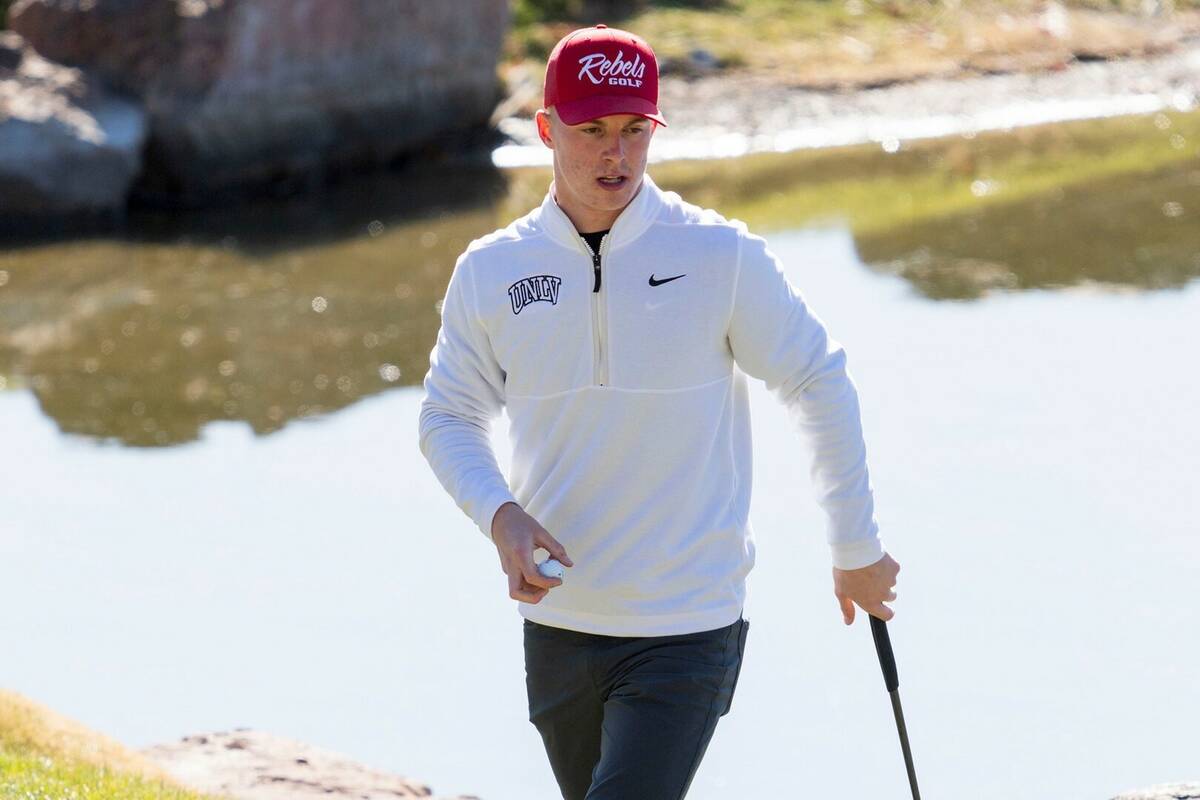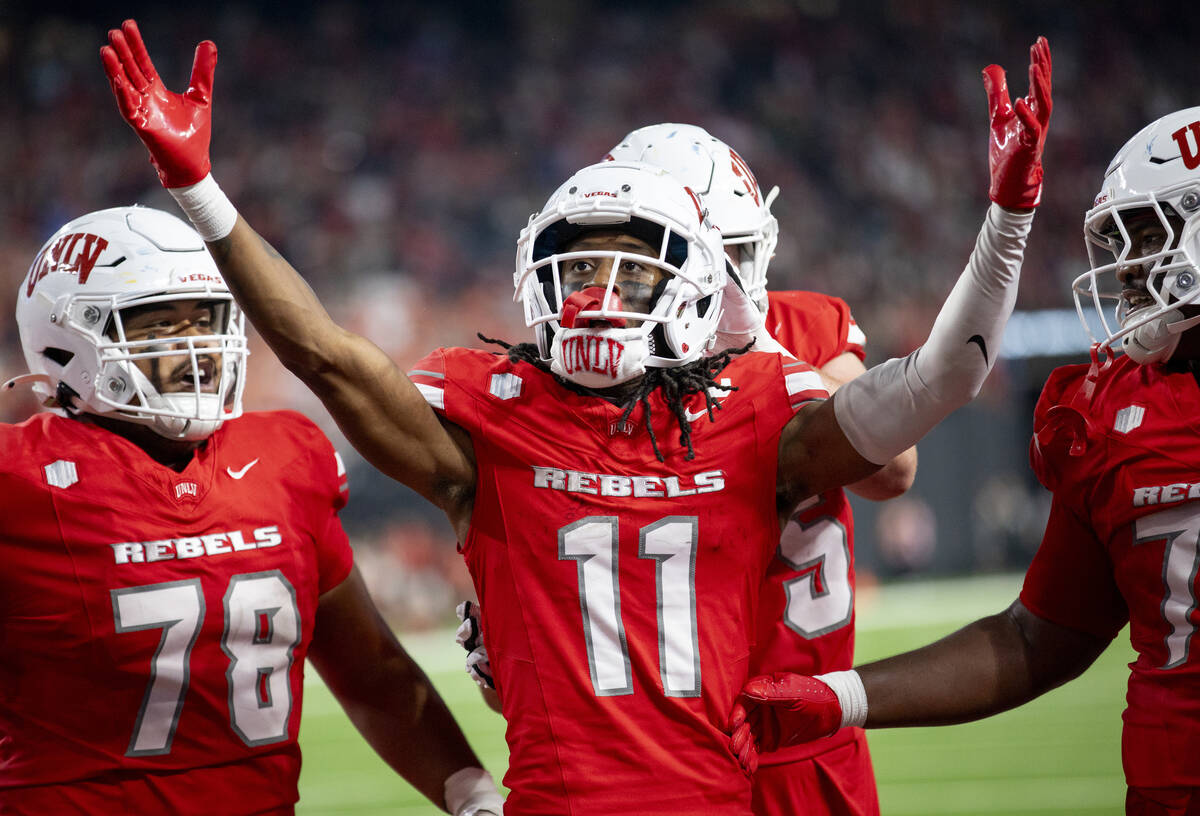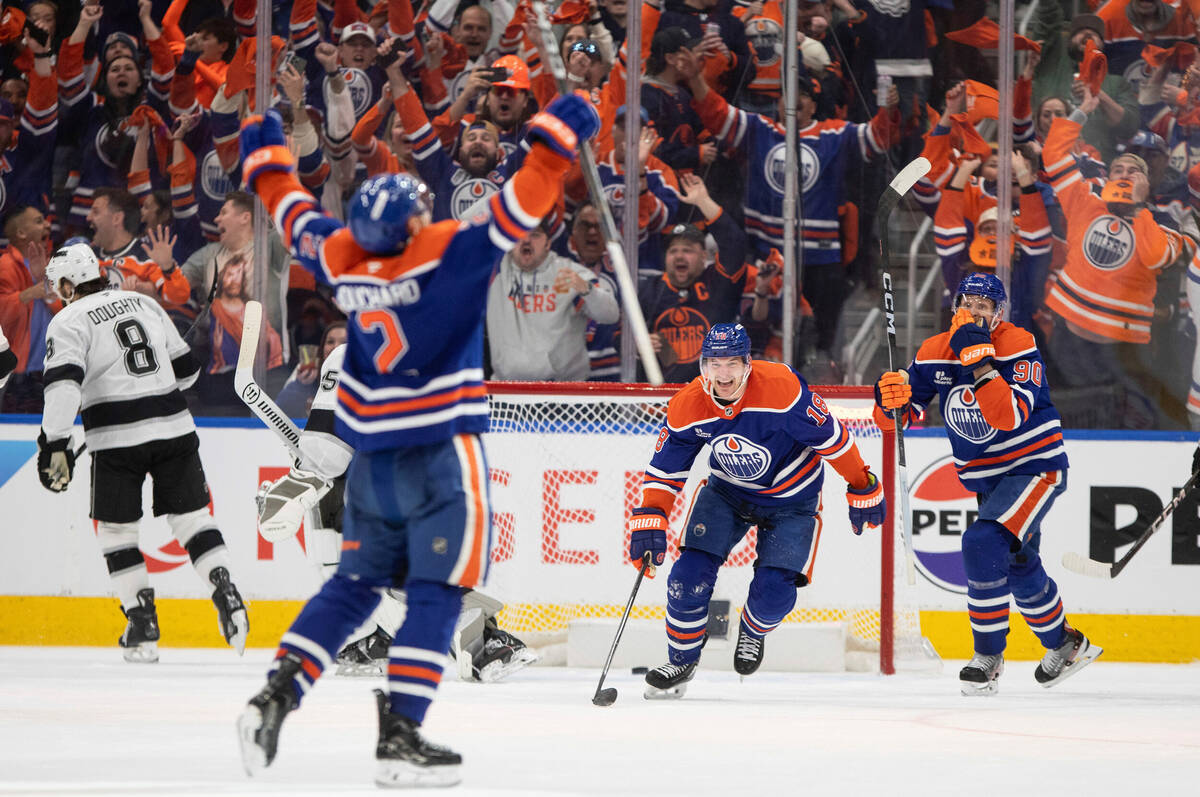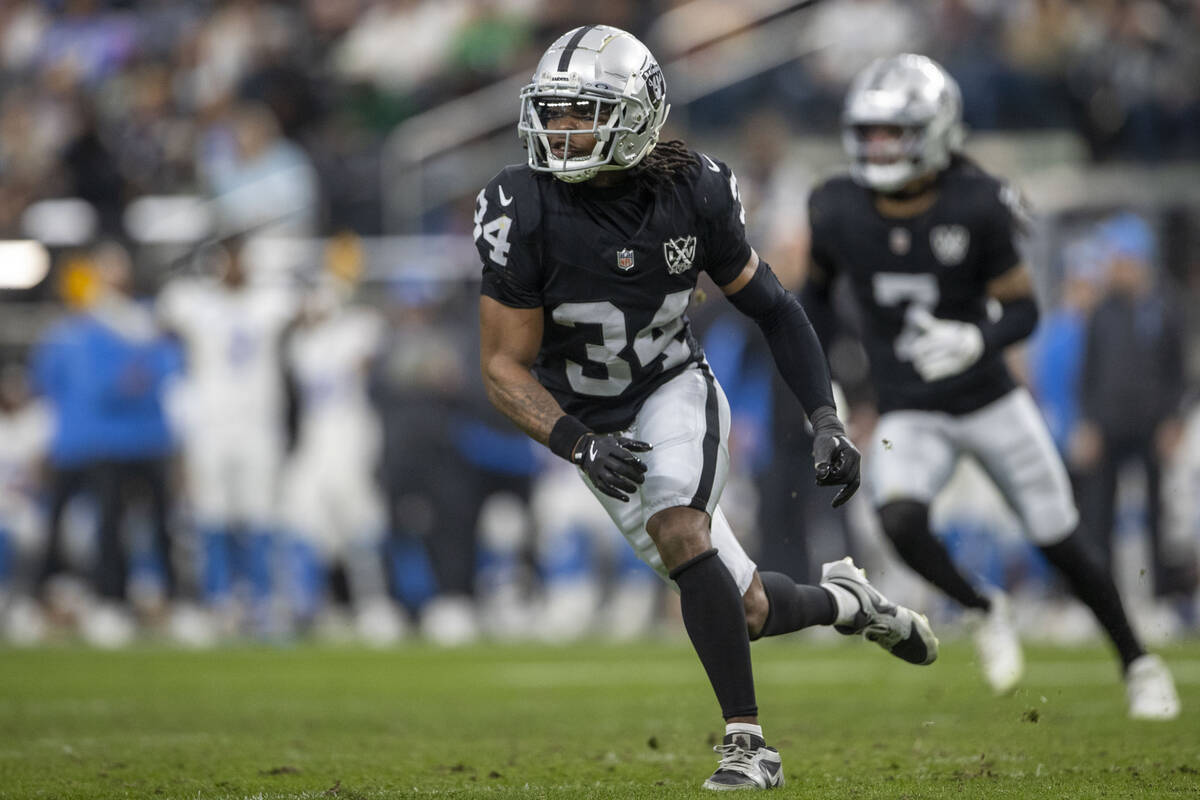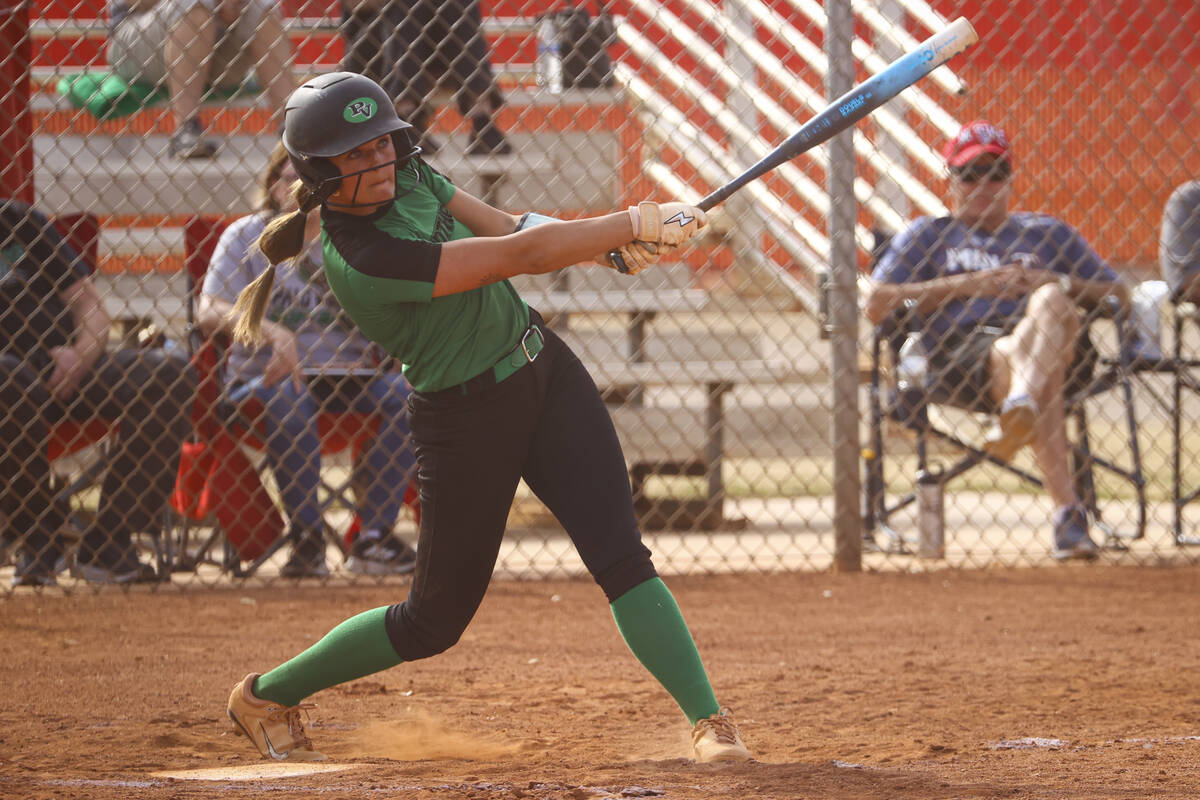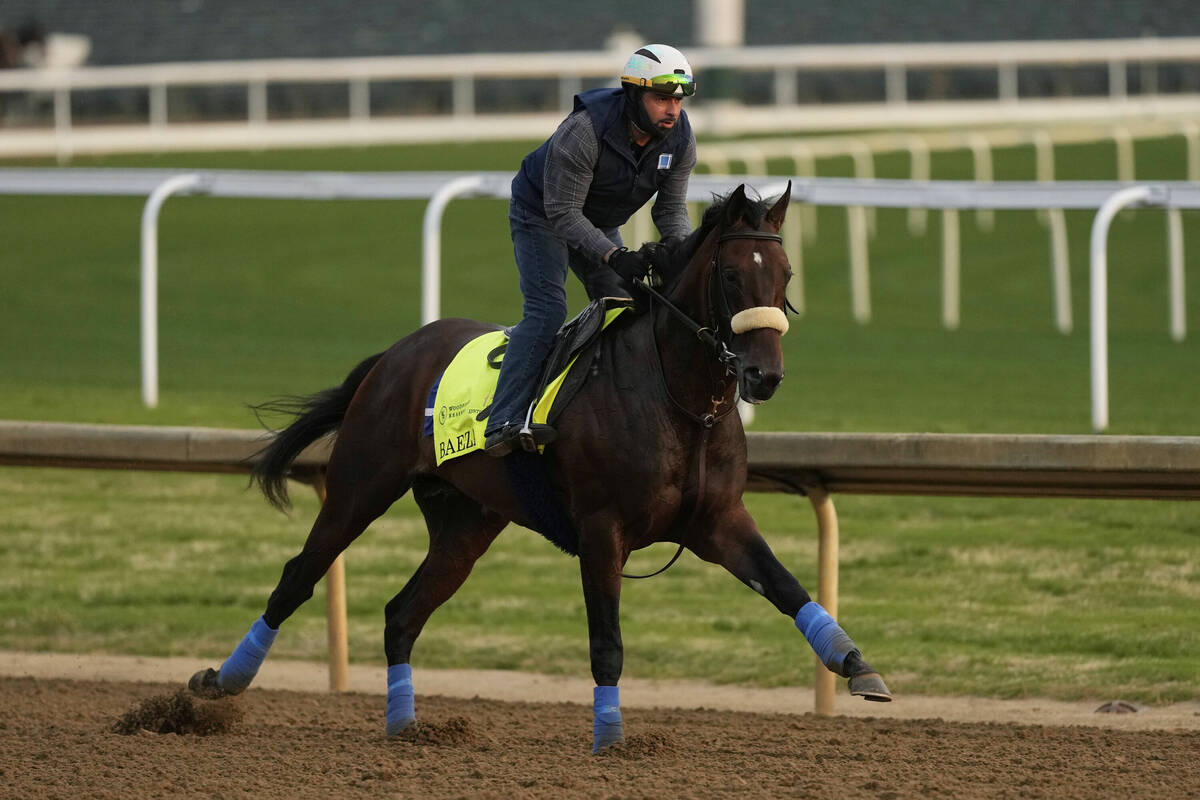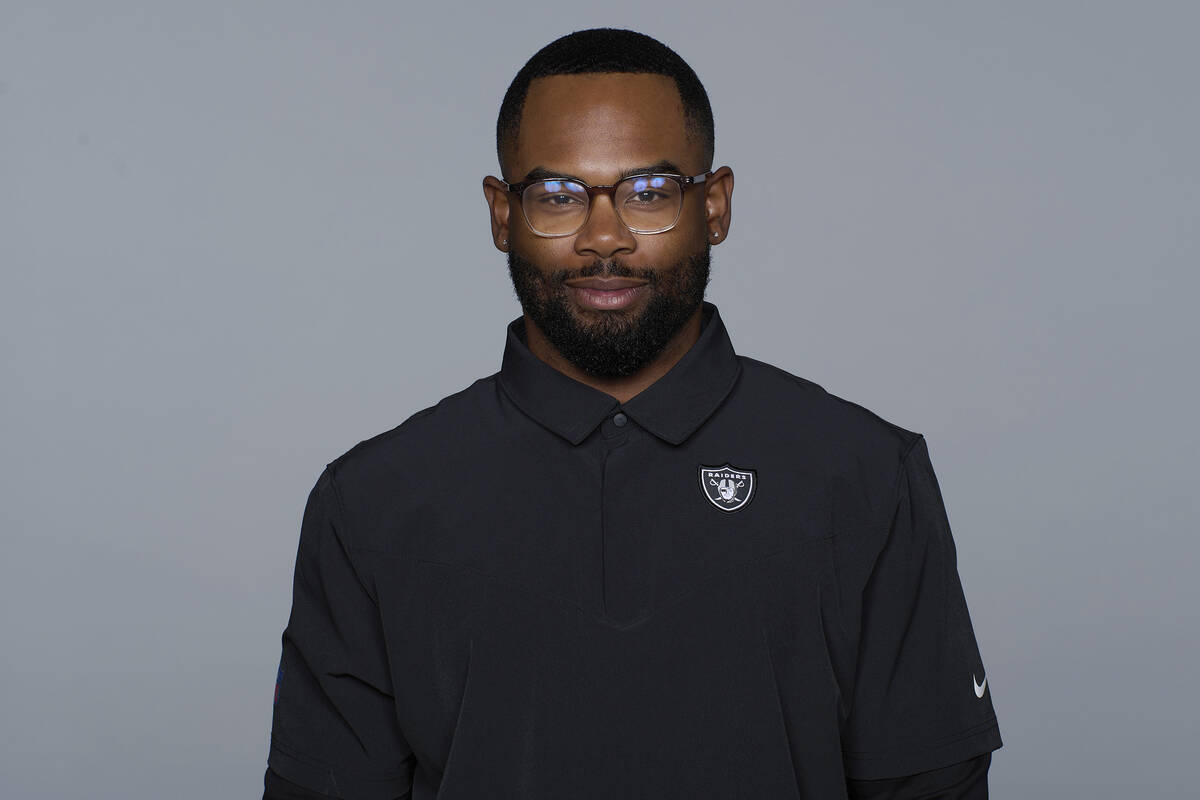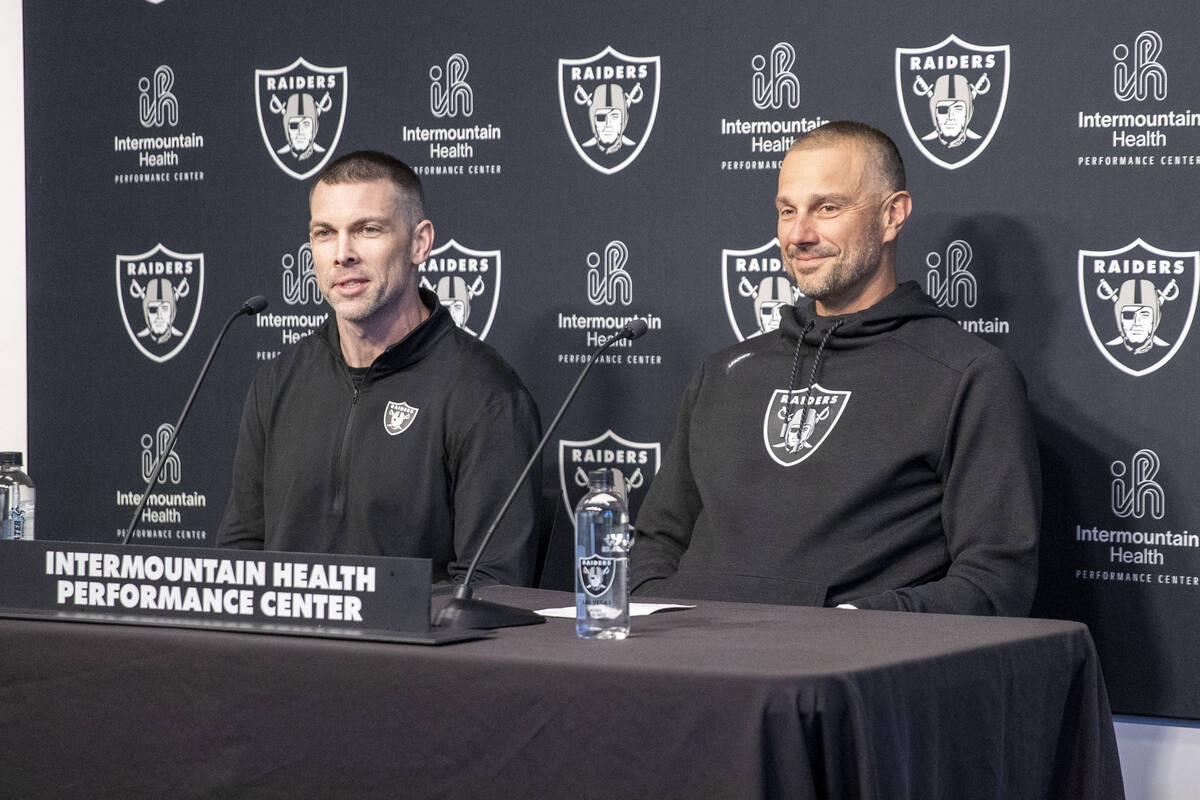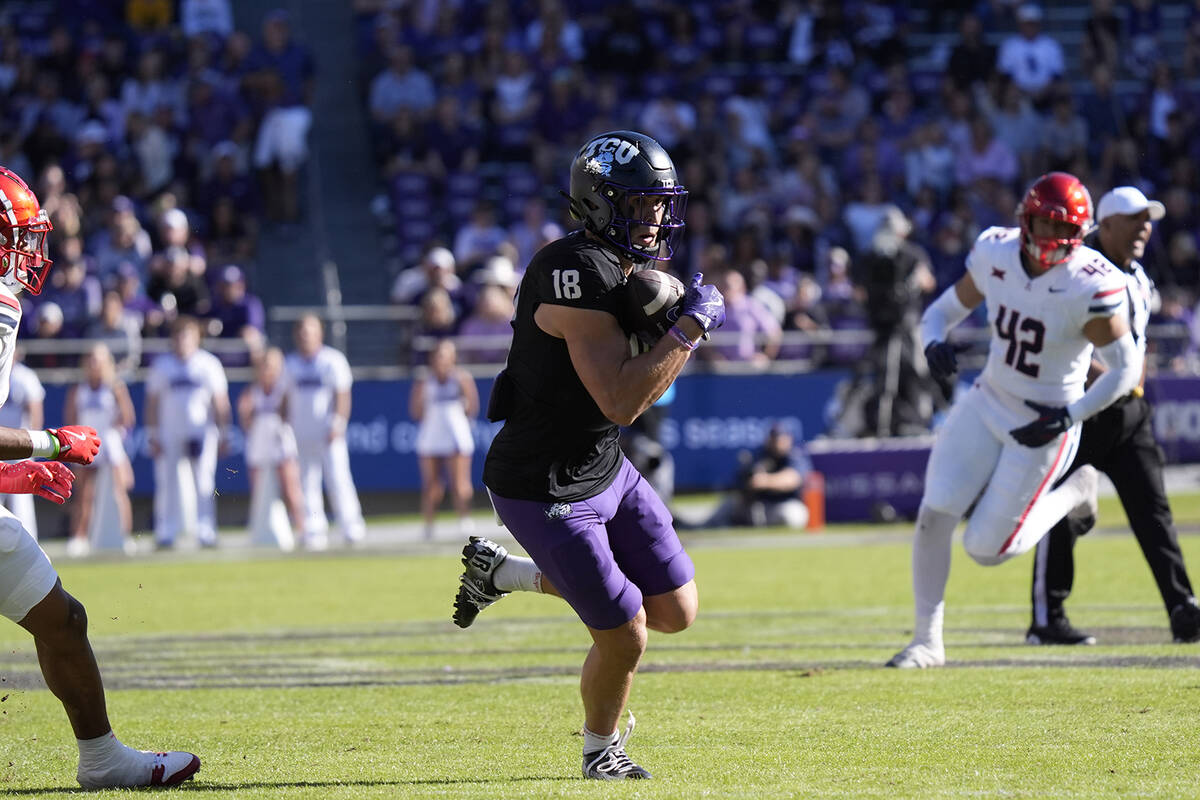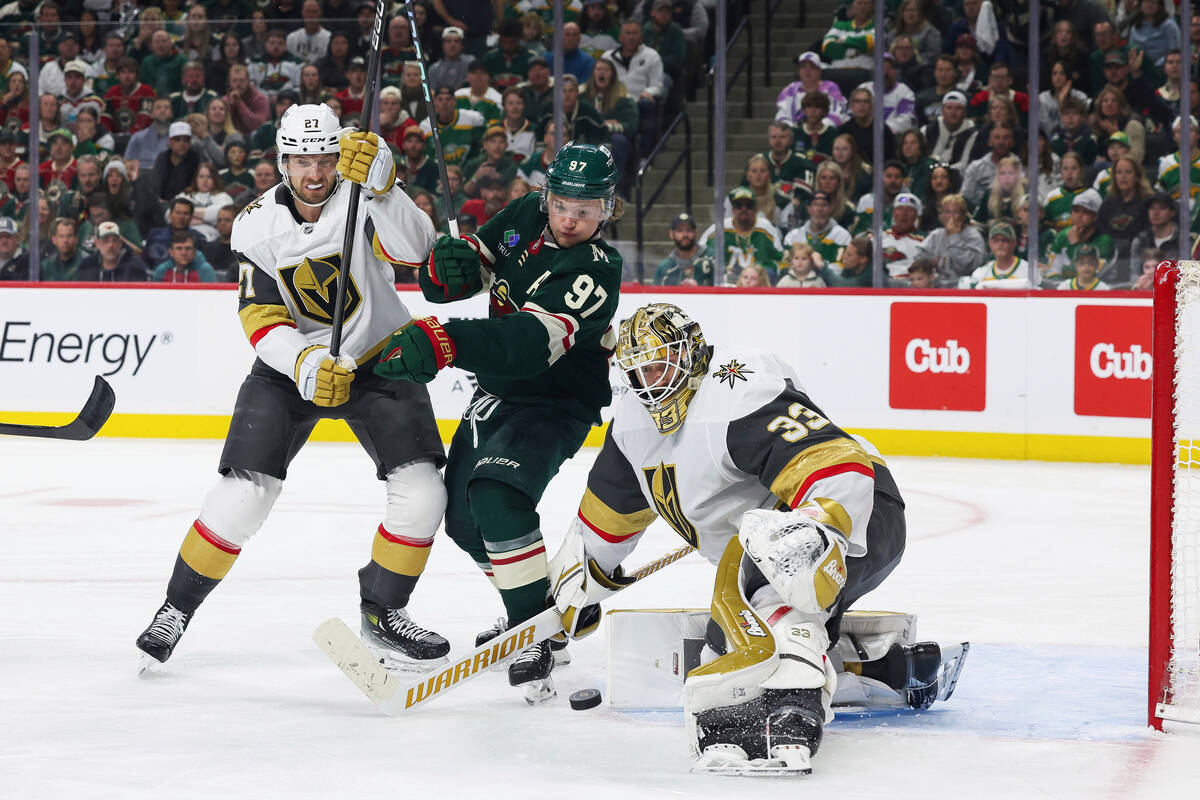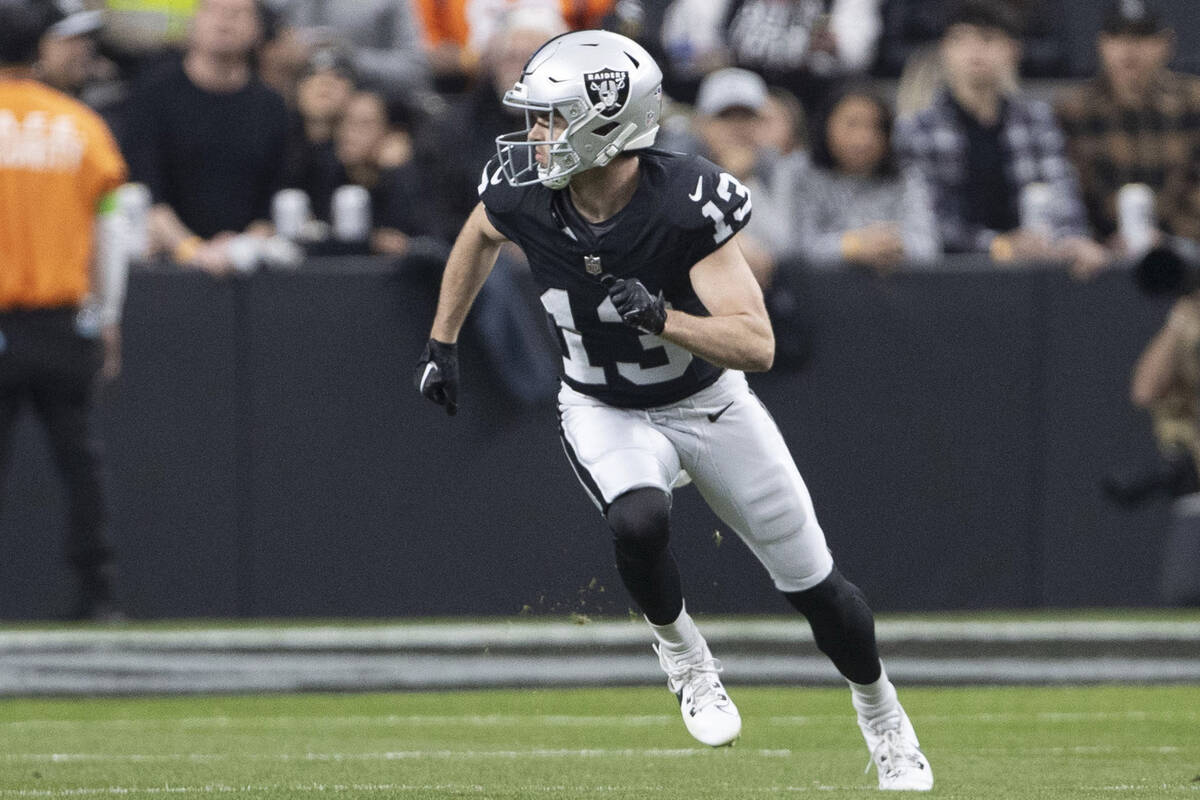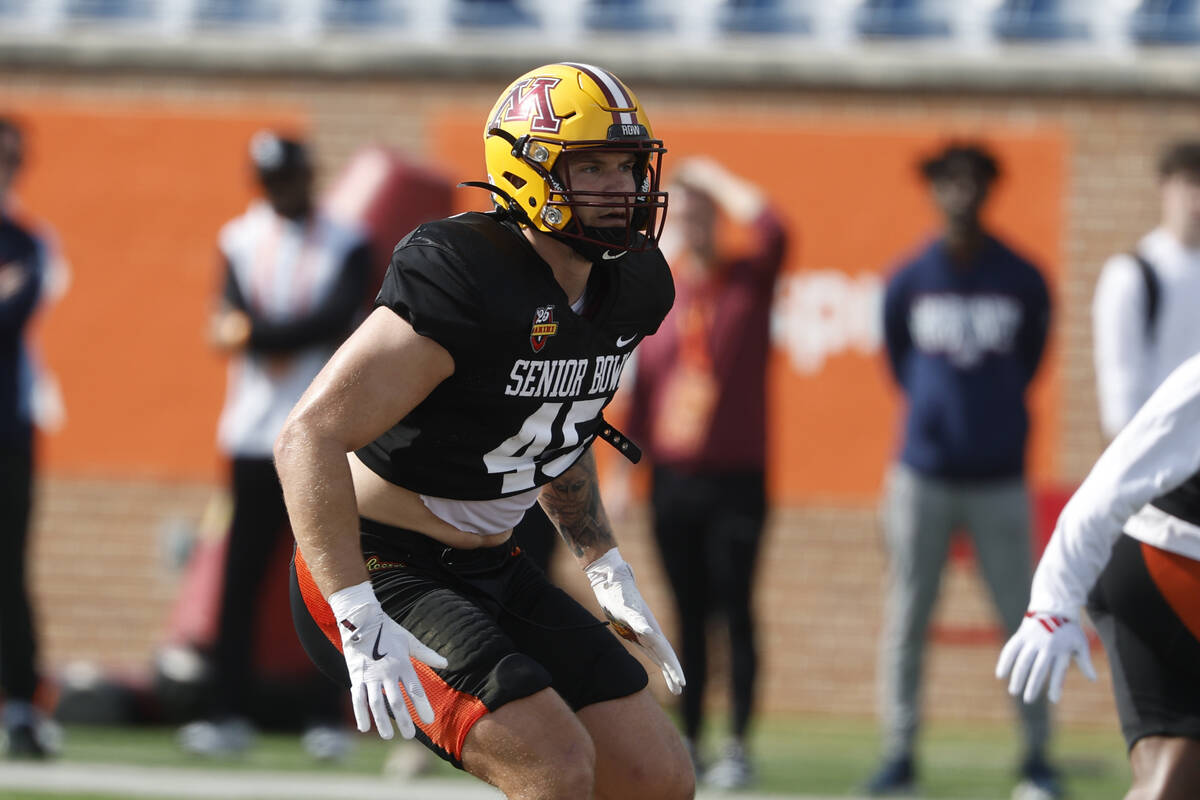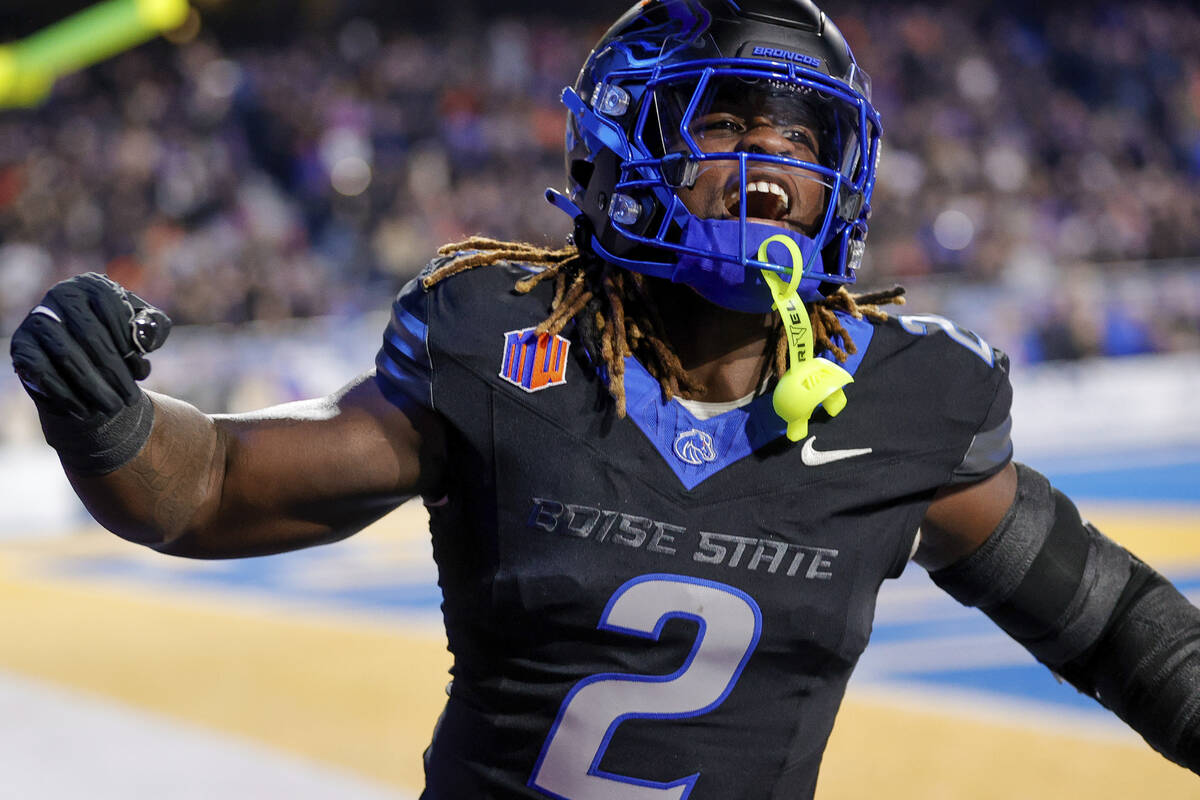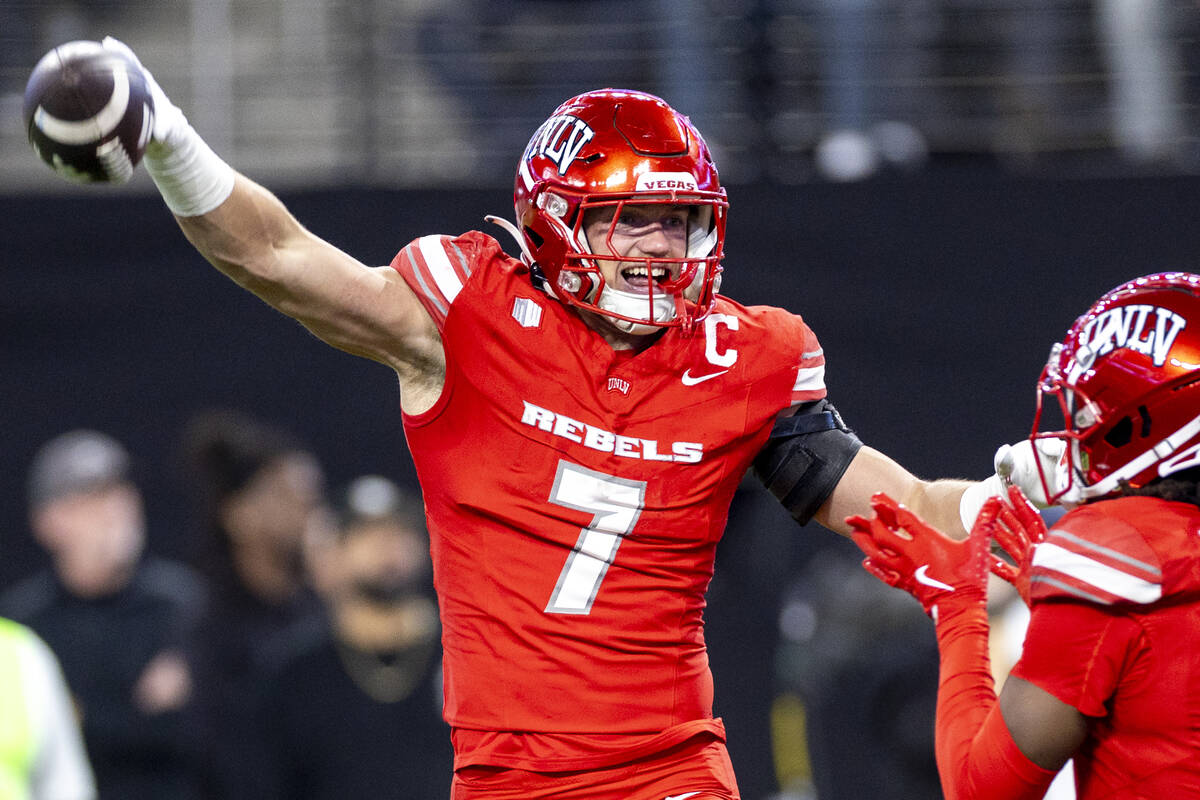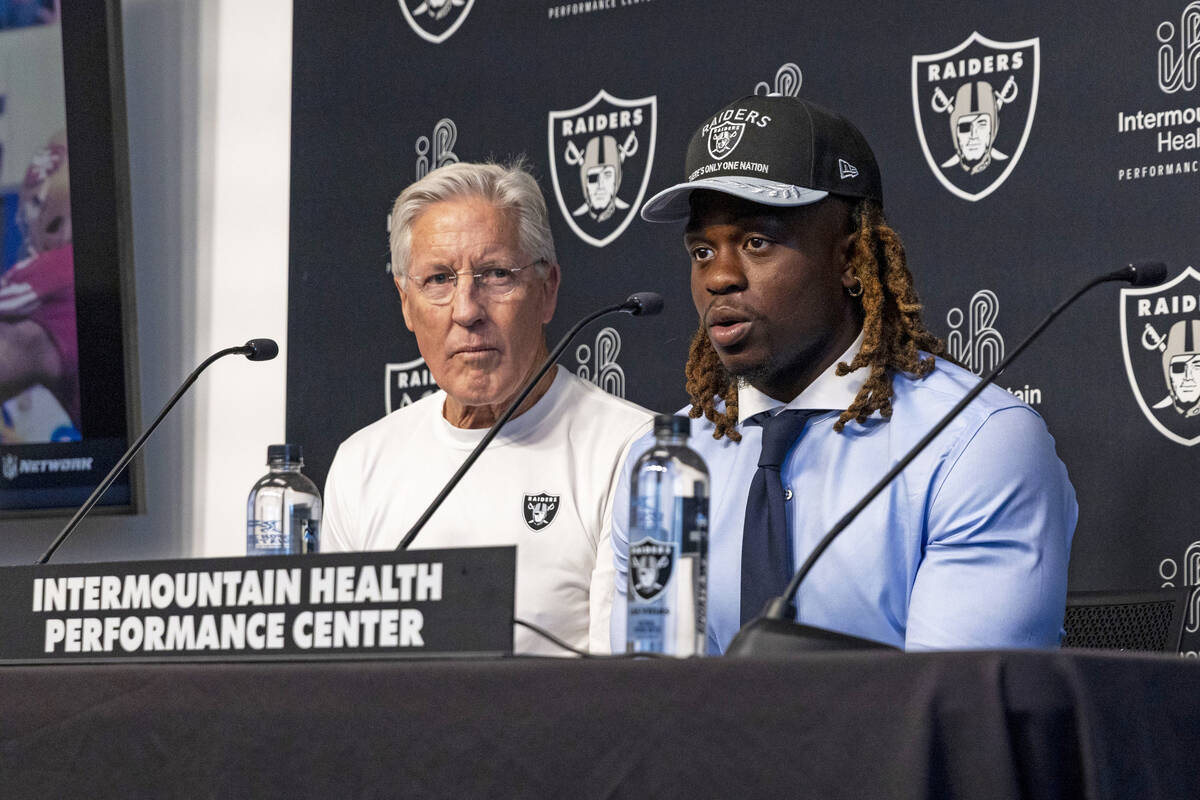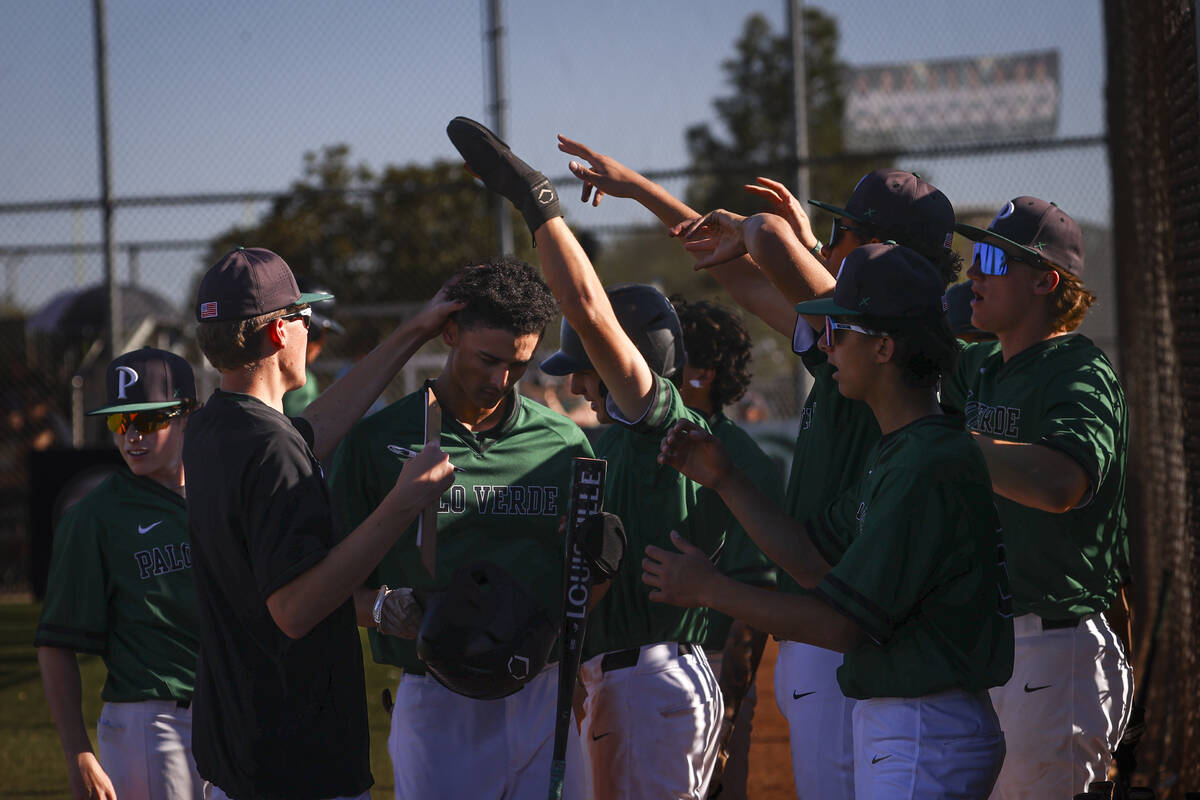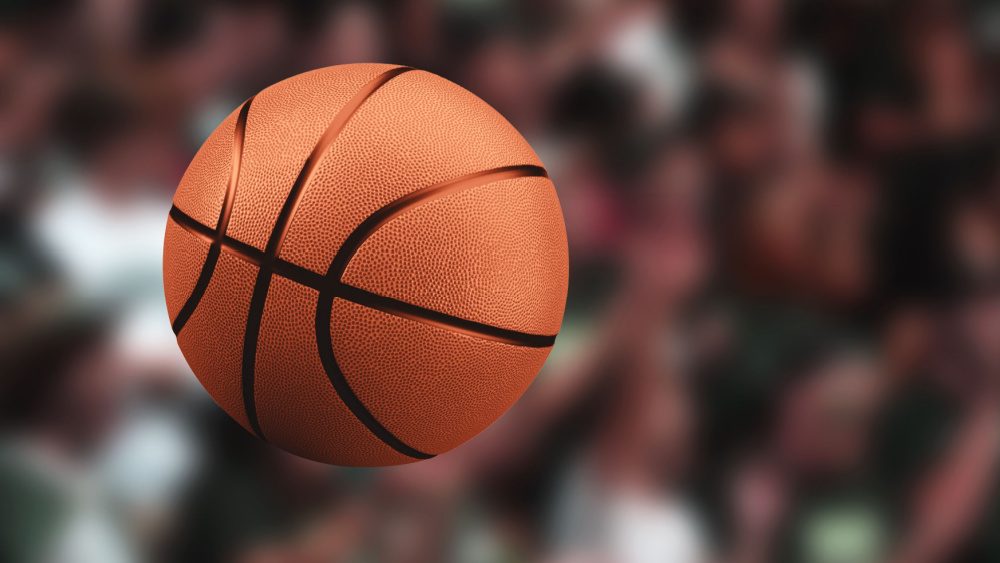The college athletics landscape continues to shift.
Almost daily, fans see countless names enter the transfer portal from all sports, more controversy from name, image and likeness dollars and news on even more conference expansion.
Issues are being decided through mediation and even a multibillion-dollar antitrust settlement before a federal judge.
There is much to dissect, including UNLV’s place in a system that has become more and more about the professionalization of college sports.
The Review-Journal is beginning a new series entitled “College Sports Chaos” to report on and bring depth to those issues and more.
Here is just some of what the series will cover:
Mountain West vs. Pac-12
The conferences are likely headed toward mediation to resolve a lawsuit the Pac-12 filed over $55 million in poaching fees the Mountain West says it is owed.
The dispute dates to five Mountain West schools — Boise State, Colorado State, Fresno State, San Diego State and Utah State — announcing in September 2024 that they were joining the Pac-12.
There is also the issue of media rights dollars and what they mean to athletic departments in both conferences — and what the outlook is for each league when it comes to their next television contracts.
The Pac-12 still needs to add an eighth football-playing member to be considered a conference, and it has been reported that such a move might not occur until after its media rights deal for 2026 and beyond has been established.
The Mountain West, on the other hand, can likely expect to make less on its next deal than the newly formed Pac-12, not to mention leagues such as the Big 12 and ACC.
What is in store for the Mountain West and Pac-12? Could a program like UNLV ultimately end up in the Pac-12 should it not receive the millions of dollars promised it to remain in the Mountain West? Could it possibly bring legal action to get out of the Mountain West deal?
Stay tuned.
Transfer portal
There is good and bad to all of it, major challenges that still need to be considered when athletes make the decision to jump into such a pool.
Many see up to 70 percent of their academic credits lost.
The calendar for when the portal opens and closes each year also has come under great scrutiny.
But in a world where coaches can switch jobs on a whim, the idea that athletes also have the freedom to search for better opportunities is a good one.
Locally, we will break down the portal with UNLV men’s and women’s basketball coaches Josh Pastner and Lindy La Rocque.
In his first months leading the Rebels, Pastner has had to rely heavily on the portal to build a roster.
La Rocque, who has established her program as tops in the Mountain West, saw three of her best young players enter the portal following last season.
It’s a never-ending cycle of movement that only appears to be getting bigger and bigger as each season passes.
House vs. NCAA
This is the class-action lawsuit brought in 2020 by former Arizona State swimmer Grant House and former TCU women’s college basketball player Sedona Prince.
The basis of it: to lift restrictions on revenue sharing of media rights revenues.
It would create a system in which schools can pay athletes directly beginning this summer, a number expected to start at $20.5 million per school.
It would also guarantee retroactive payments to former athletes who were not able to profit off their name, image and likeness.
Group of Five schools would likely pay much less to their athletes than those from the Power Four, but some level of revenue sharing will be required from programs like UNLV.
The question then becomes, how would the Rebels come up with funds for a system that essentially becomes free agency in college sports? At what level could UNLV compete with other schools paying much more to their athletes?
The lawsuit is near a final conclusion, but U.S. District Judge Claudia Wilken wants both sides to agree on the implementation of roster limits. Wilken has been opposed to the immediate elimination of thousands of athletes from NCAA sports.
The final ruling will also have its effect on the NIL world by allowing direct payments from schools to athletes and changing many of the deals signed with collectives.
Or will future lawsuits following such a ruling keep a final determination from occurring for years to come?
NIL
How competitive is a school like UNLV in this highly significant area of college sports? How competitive is it with other schools in the Mountain West and newly formed Pac-12?
Power Four schools through NIL collectives now pay some of their athletes — the quarterback, the star point guard — millions of dollars annually.
One local example is former UNLV basketball player Dedan Thomas Jr., who entered the transfer portal and ultimately signed with LSU for a hefty raise in his NIL deal.
Group of Five schools find it nearly impossible to keep up. It will likely be the same reality once the House settlement is official.
The rich keep getting richer, is right.
Key UNLV questions
Will the Rebels ever receive an invite to a power conference?
Realignment and expansion aren’t over, and it’s the charge of a program like UNLV to position itself in the best possible light once things begin to again shift within the Power Four leagues.
The arrival of a legitimate football team certainly helps UNLV’s cause. So would Pastner turning around a basketball program that hasn’t been to the NCAA Tournament since 2013.
The Rebels have facilities good enough to be considered on par with Power Four programs.
But is Las Vegas ready to support big-time college athletics in every manner? And if not, what does that mean for the future of UNLV sports?
All of it and more will be covered in “College Sports Chaos.“
Contact Ed Graney at [email protected]. Follow @edgraney on X.

